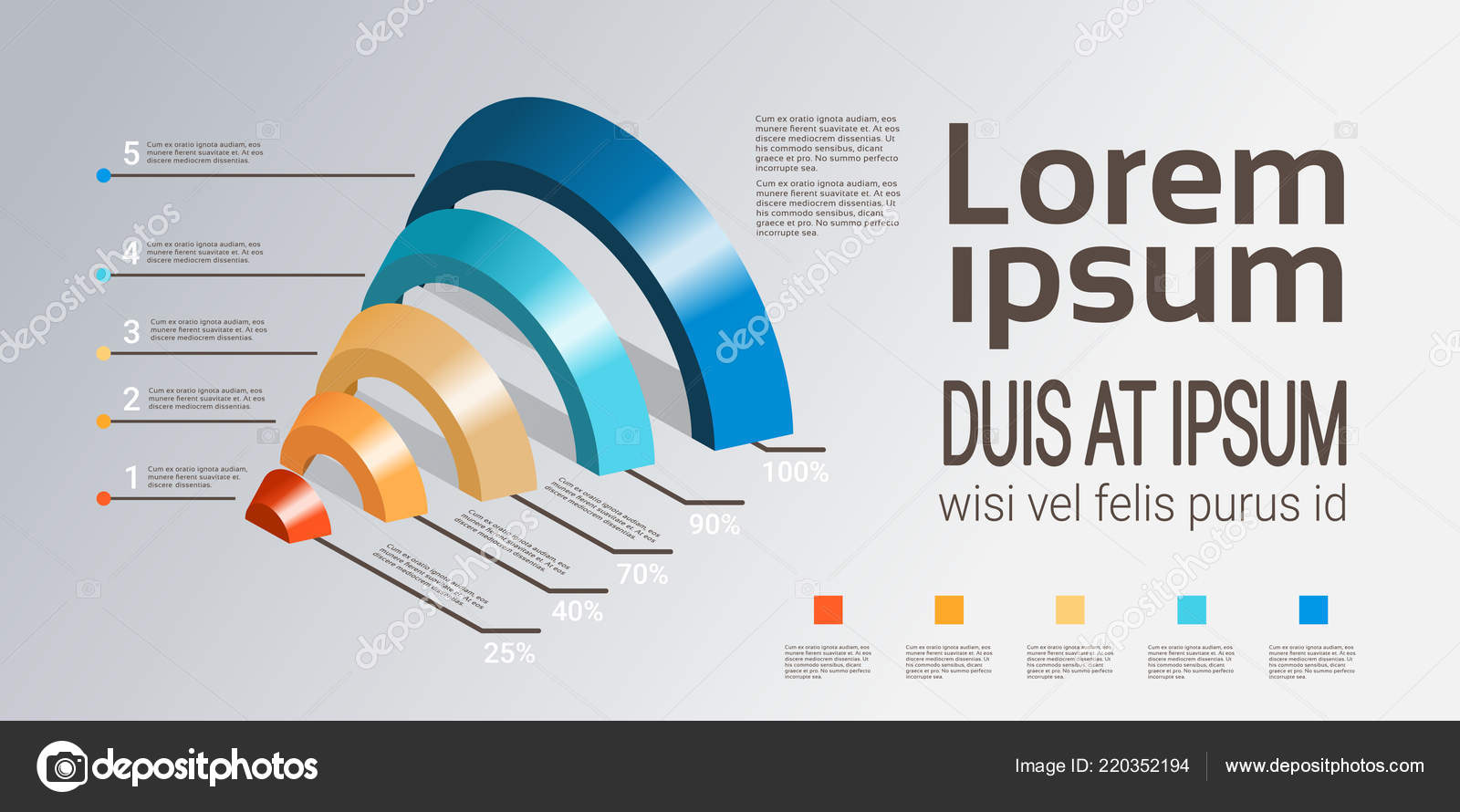Get Ready To Trip With Time And Uncover How Internet Sites Have Actually Ended Up Being Extra Advanced, Straightforward, And Visually Spectacular
Get Ready To Trip With Time And Uncover How Internet Sites Have Actually Ended Up Being Extra Advanced, Straightforward, And Visually Spectacular
Blog Article
Content Author-Johnsen Trolle
In the past, internet sites were simple and focused on info. Navigation was direct, and style was for desktop computers. Now, individual experience is crucial. Data guides designs for simple navigation. Responsive designs suit various devices. Today, dark mode lowers stress, and minimalist menus improve navigating. Interactive features engage customers, and bold visuals stick out. AI integration increases interaction. See just how layout has actually progressed to improve your on the internet trip.
Early Days of Website Design
In the very early days of web design, simplicity reigned supreme. Sites were fundamental, with limited colors, font styles, and designs. The emphasis got on giving information instead of fancy visuals. Customers accessed the web through slow dial-up connections, so speed and performance were key.
Navigation menus were straightforward, generally located on top or side of the page. Sites were made for desktop computers, as mobile surfing wasn't yet common. Web content was king, and designers prioritized easy readability over complicated design components.
HTML was the key coding language used, and developers had to work within its constraints. Computer animations and interactive functions were minimal contrasted to today's requirements. Sites were static, with little dynamic web content or tailored customer experiences.
Surge of User-Focused Layout
With the development of site style, a change towards user-focused design principles has come to be increasingly noticeable. Today, developing sites that prioritize customer experience is essential for involving visitors and accomplishing service objectives. User-focused layout entails understanding the requirements, preferences, and habits of your target market to customize the web site's design, content, and features as necessary.
Designers now carry out comprehensive research, such as individual surveys and use testing, to gather understandings and feedback straight from users. This data-driven strategy assists in developing user-friendly navigating, clear calls-to-action, and visually appealing interfaces that resonate with visitors. By putting the individual at the facility of the design procedure, websites can provide an extra personalized and pleasurable experience.
Responsive style has also become an essential aspect of user-focused design, guaranteeing that websites are maximized for various tools and display dimensions. This flexibility boosts availability and functionality, dealing with the varied ways individuals communicate with web sites today. Basically, the surge of user-focused design indicates a shift towards developing electronic experiences that prioritize the demands and expectations of the end individual.
Modern Trends in Web Design
Discover the current patterns shaping website design today. One noticeable trend is dark mode style, providing a smooth and modern appearance while lowering eye strain in low-light atmospheres. An additional vital trend is minimalist navigation, streamlining menus and boosting customer experience by focusing on essential elements. Including micro-interactions, such as computer animated buttons or scrolling effects, can create a much more engaging and interactive website. Responsive design stays essential, guaranteeing seamless customer experiences across different gadgets. Additionally, using strong typography and unbalanced formats can add aesthetic passion and accentuate particular web content.
Integrating AI technology, like chatbots for customer support or tailored suggestions, boosts individual involvement and enhances processes. Availability has additionally end up being a significant fad, with developers focusing on comprehensive style methods to satisfy varied user needs. Accepting sustainability by enhancing website efficiency for rate and performance is an additional emerging pattern in website design. Collaborating with customer responses and information analytics to repeat and boost style continuously is essential for remaining relevant in the ever-evolving digital landscape. By welcoming these contemporary trends, you can create an aesthetically attractive, straightforward web site that resonates with your audience.
Conclusion
As you reflect on the development of website design from the very early days to now, you can see just how user-focused style has actually come to be the driving force behind contemporary fads.
Embrace the journey of adjustment and adaptation in website design, constantly keeping the customer experience at the forefront.
Remain existing with the most up to date fads and innovations, and never ever quit advancing your technique to produce aesthetically sensational and straightforward websites.
Advance, adapt, and produce - the future of website design remains in your hands.
